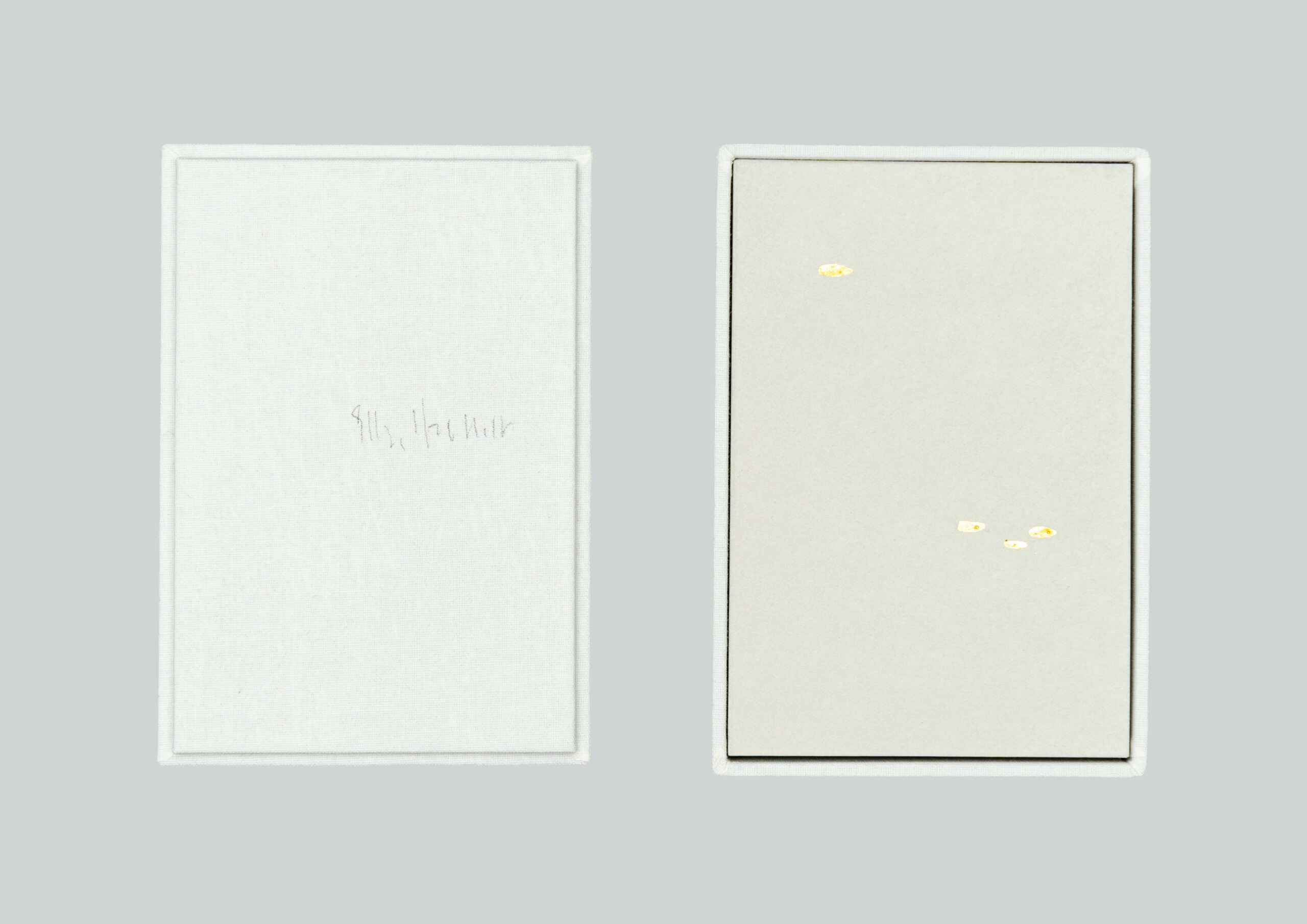- ArtistsDESKTOP
- Carla Accardi
- Lucio Del Pezzo
- Achille Perilli
- Afro Libio Basaldella
- Piero Dorazio
- Peter Phillips
- Getulio Alviani
- Sergio Fermariello
- Gianni Piacentino
- Fernandez Arman
- Lucio Fontana
- Pino Pinelli
- Arte Concreta svizzera
- Piero Gilardi
- Michelangelo Pistoletto
- Enrico Baj
- Giorgio Griffa
- Arnaldo Pomodoro
- Davide Benati
- Hans Hartung
- Mel Ramos
- Joseph Beuys
- Emilio Isgrò
- Man Ray
- Alighiero Boetti
- Jannis Kounellis
- Mimmo Rotella
- Agostino Bonalumi
- Urs Lüthi
- Salvo
- Alberto Burri
- Esther Mahlangu
- Giuseppe Santomaso
- Antonio Calderara
- Marino Marini
- Mario Schifano
- Giuseppe Capogrossi
- Paolo Masi
- Ettore Spalletti
- Enrico Castellani
- Roberto Sebastian Matta
- Jesús Rafael Soto
- Mario Ceroli
- François Morellet
- Superstudio
- Sandro Chia
- Bruno Munari
- Antoni Tàpies
- Javacheff Christo
- Mimmo Paladino
- Tilson Joe
- Giorgio de Chirico
- Giulio Paolini
- Gilberto Zorio
- ArtistsMOBILE
- Carla Accardi
- Afro Libio Basaldella
- Getulio Alviani
- Fernandez Arman
- Enrico Baj
- Davide Benati
- Joseph Beuys
- Alighiero Boetti
- Agostino Bonalumi
- Alberto Burri
- Antonio Calderara
- Giuseppe Capogrossi
- Enrico Castellani
- Mario Ceroli
- Sandro Chia
- Javacheff Christo
- Giorgio de Chirico
- Lucio Del Pezzo
- Piero Dorazio
- Sergio Fermariello
- Lucio Fontana
- Piero Gilardi
- Giorgio Griffa
- Hans Hartung
- Emilio Isgrò
- Jannis Kounellis
- Urs Lüthi
- Esther Mahlangu
- Marino Marini
- Paolo Masi
- Roberto Sebastian Matta
- François Morellet
- Bruno Munari
- Mimmo Paladino
- Giulio Paolini
- Achille Perilli
- Peter Phillips
- Gianni Piacentino
- Pino Pinelli
- Michelangelo Pistoletto
- Arnaldo Pomodoro
- Mel Ramos
- Man Ray
- Mimmo Rotella
- Salvo
- Giuseppe Santomaso
- Mario Schifano
- Ettore Spalletti
- Jesús Rafael Soto
- Superstudio
- Antoni Tàpies
- Joe Tilson
- Zurich Concretists
- Gilberto Zorio
- The gallery
- Exhibitions
- Fairs
- Acquisitions
- News
- Contact
- IT
- EN
Loading...
End of content
No more pages to load
Ettore Spalletti was born in Cappelle sul Tavo in 1940. His research began towards the end of the 1960s and concentrated on a monochromatic painting, inspired in part by the Gestalt theory, painting with which the pigment is applied on wooden panels, marble or metal that allow the light and color to be reconfigured through the work in the environment in which it is inserted. The pigment is spread evenly over the entire application surface and then manipulated by the artist in a light and repeated movement that mixes the pure color by putting it in direct relation with the light of the surrounding space.
Spalletti participates in important international exhibitions such as Documenta in Kassel in 1982 and 1992 and the Quadrennial in Rome; he won first prize for painting at the 1948 Venice Biennale, an event to which he was invited five times. Among the most important solo exhibitions are those at the MoMA (2000) and the Guggenheim (1993) in New York, at the Musée d’Art Moderne de la Ville de Paris (1991), at the Henry Moore Foundation (2005) and at the National Gallery of ‘Modern Art of Rome (2010).
The most important retrospective on the artist entitled “A day so white, so white” was held in 2014 and simultaneously located in the GAM in Turin, the MAXXI in Rome and the MADRE in Naples. Ettore Spalletti passed away in 2019 in Spoltore.
© 2024 SANGALLO FINE ART | viale Gabriele D’Annunzio, 46/B – 66054 Vasto (CH), Italia | Tel +39 3385677066 | P.IVA IT 02616880692 | Email info@sangallofineart.it
Subscribe to our newsletter


